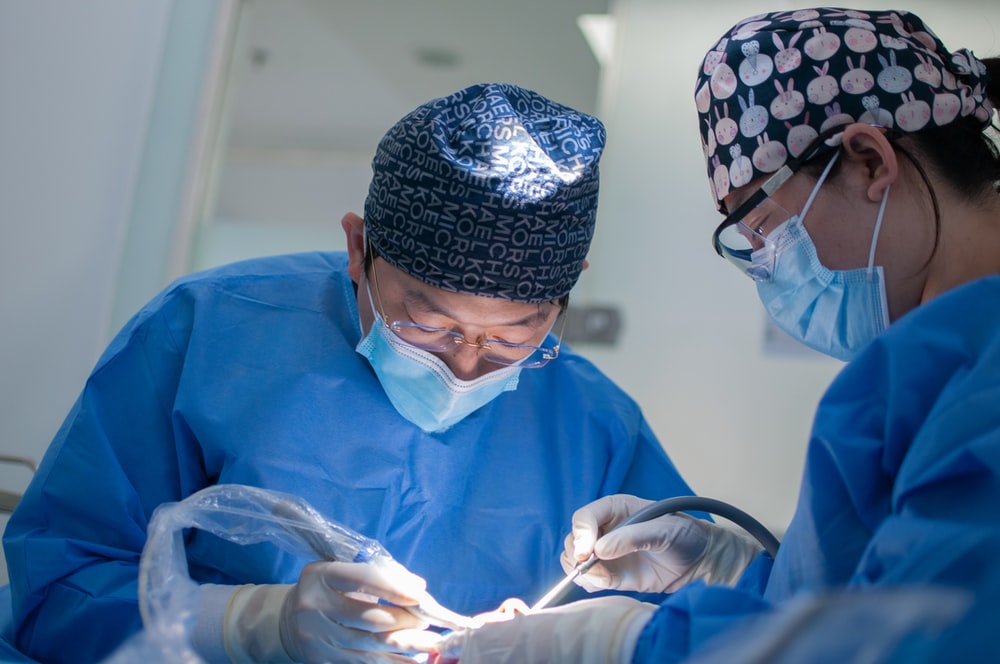In the old days of facial plastic surgery, tighter meant better. The tighter your skin, the longer your facelift would last. Most people believed that if you couldn’t move your cheeks up and down, you had an expert perform the procedure. But today? The opposite couldn’t be more true.
The days of tight facelifts and pulled-looking faces are long gone. The aesthetics of the day demand results that look completely natural even after getting the most substantial surgical rejuvenation. The new and improved facelift techniques allow surgeons to do just that. Compared to the old days when tightness and hard pulling were a basic necessity of a facelift, the advanced techniques are truly groundbreaking. The reason for such drastic surgical pulling was simple: back in the day, facelift results didn’t last as long as they do today. It seemed like one would barely recover from a facelift and already need to contemplate getting another one. In large part this was due to imperfections in surgical techniques as surgeons relied on pulling the skin instead of repositioning deeper facial tissue. One way for a surgeon to lengthen the duration of results was to pull the skin of the face tighter. By doing so, the longevity of the facelift would be extended, but at the price of appearing “worked-on.”
Once plastic surgeons gained more experience, better methods to perform facelifts were developed. The old mantra of “tight meaning good” no longer applies to facelifts. Having a tight face after a facelift just means that you had a very old-fashioned surgeon perform the procedure who produced results that look unnatural.
How to avoid the tight look?
The “pulled” face happens when the muscle layer is not repositioned along with the skin. If the skin is pulled and sewn together under tension, the face will likely appear stretched and the result will look unnatural. A windblown-looking face is easily avoided by skilled facial plastic surgeons. This is because now, facelifts are performed completely differently; rather than pulling or stretching the skin, facelifts are done on a much deeper layer, called the superficial musculo-aponeurotic system (SMAS). This is a very sturdy, non-stretchable layer of facial tissue. When the SMAS is pulled and the stitches are placed into it, they will stay for many years. Therefore, there is no need for over-tightening and over-correcting facial laxity.
Another important change that prevents the unnatural look of the facelift is the direction of the pull from horizontal to vertical. Pulling the skin horizontally might stretch the mouth and pull the corners of the eyes sideways, creating an unnatural look, while moving it vertically will create a significant rejuvenating effect and keep maintain the natural appearance of the face. Just try it yourself in the mirror!
If you’re looking for a facial plastic surgeon in NYC and want to learn more about facial plastic surgery, be sure to follow Dr. Konstantin on Instagram and watch his videos on YouTube. To schedule a consultation for your own facelift, contact his Manhattan-based practice today.


Leave a Reply